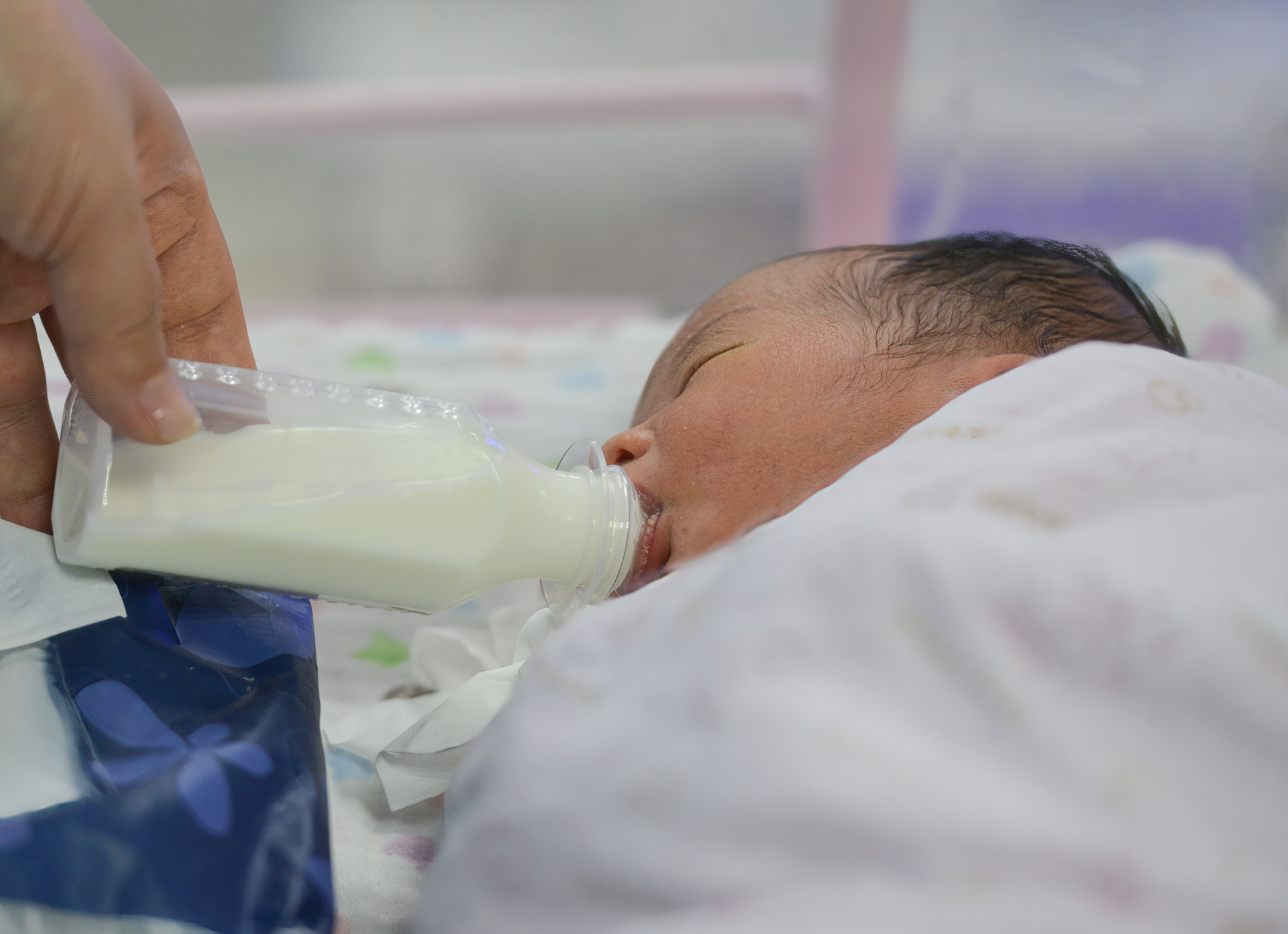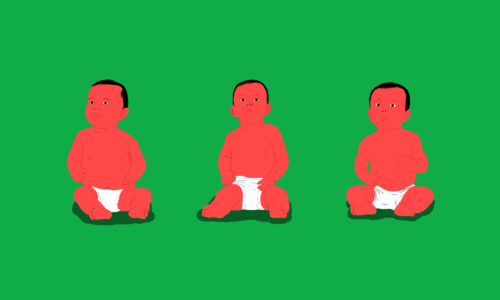China census results show six-decade low in number of births
The 2020 Chinese census showed a population continuing to grow, but at its slowest rate since the People’s Republic of China’s first census in 1953, with the lowest number of new births since 1961. How will China deal with its rapidly worsening demographic crisis?

The results of the 2020 Chinese census were released today, after more than a month of delay. They show a mainland Chinese population continuing to grow, but at its slowest rate since the People’s Republic of China’s first census in 1953, with the lowest number of new births since 1961.
- China’s population is now “1.41178 billion, up 5.38 percent from the previous census in 2010,” Xinhua reported (in English, Chinese).
- During the long delay — the results were originally scheduled to be released in early April — the Financial Times reported that China’s population had declined below 1.4 billion, from a peak in 2019. The National Bureau of Statistics denied this.
- The FT is sticking with its original reporting, and adds today: “People close to the NBS said the initial population figure came in at less than 1.4 billion, but was revised up.”
“China has fallen into the ‘low fertility rate trap’”
Regardless of the overall population numbers, the details of the census results show a rapidly worsening demographic crisis.
- Only 12 million babies were born in China last year, an 18% decline from 2019, AP notes. The number is also the lowest of any year since 1961, per the New York Times.
- While a central bank working paper had estimated (in Chinese) in March that China’s fertility rate, or the average number of children a woman was likely to have in her lifetime, was likely below 1.5, the census results indicate a current fertility rate of just 1.3.
- “China has fallen into the ‘low fertility rate trap,’” Xiamen University population researcher Chang Qingsong told Caixin. Experts consider it to be “difficult to reverse declining fertility trends once the rate falls below 1.5.”
- China’s fertility rate is now about the same as that of Japan, Spain, and Italy, but not as low as that of South Korea, according to statistics compiled by the Global Times, which adds:
Chinese demographers said that…China’s population is likely to start to decline as early as 2022…
Hé Yàfú 何亚福, an independent demographer, told the Global Times that there is no doubt that China will fully lift family planning policy in the near future to cope with the declining birth rate and China is likely to remove its family planning policy as early as this autumn…
Removing family planning policy will not be enough to avert a fall in China’s total population, or prevent China from becoming another Japan, demographers said, noting that China should come up with more measures to encourage childbirth, such as subsidizing couples who choose to have more than one baby.
But China is not that old, yet
While China’s demographic trends are worsening faster than expected, a few caveats are in order:
- China is not that old, yet: The census results show an average age of 38.8 in China, compared with 38 in the U.S.
- “China won’t be roughly as old as Japan is today until 2050,” according to calculations by the economist Andy Rothman.
- Beijing has policy options to ease the economic pain of an aging society and workforce, ranging from raising retirement ages to subsidizing childcare to accelerating the automation of industry. Read more in ChinaFile: What should China do about its aging population?






